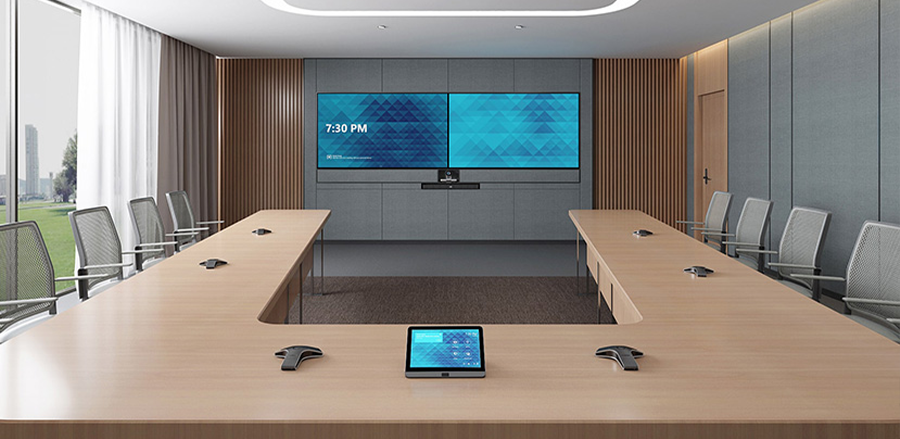Optimal Strategies for Placing Security Cameras to Improve Surveillance Effectiveness
Optimal Strategies for Placing Security Cameras to Improve Surveillance Effectiveness
Blog Article

Positioning security cameras effectively efficiently is crucial for improving monitoring in various settings, including homes, businesses, as well as community spaces. The main goal of surveillance cameras remains to deter crime while also offering proof during case of events. To achieve this, it becomes essential to consider various factors, such as camera location, field of view, as well as the specific zones that need oversight. By understanding these factors, individuals as well as entities can create a thorough monitoring plan that maximizes the efficacy of their surveillance solutions.
One of the initial steps in placing security systems is to determine key areas that need monitoring. Vulnerable areas, including entrances, exit points, parking areas, as well as areas with high-value assets, must be given priority. It is crucial to consider blind spots, that are areas that might not be seen from certain perspectives. By charting out these critical areas, security staff can guarantee that every nook is observed, minimizing the chances of illegal activity going undetected. Additionally, placing surveillance systems at strategic points can assist create a complete view of the property, allowing for better total security monitoring.
The field of a surveillance system is another crucial element to consider. Various types of surveillance systems provide varying ranges of view, which can affect how much space gets captured in the video. For example, wide-angle systems can cover larger spaces, rendering them ideal for spacious locations, while PTZ cameras can be adjusted to concentrate web link on specific features. When placing surveillance systems, it is essential to choose the right type based on the location being monitored. This guarantees that the system can capture clear images and offer valuable information in the event of an incident.
Height and tilt of mounting also have a crucial part in the effectiveness of security cameras. Cameras should be installed at a height that is out of reach of potential tampering but also enables for unobstructed visibility of faces and other recognizable details. A typical recommendation is install systems at least eight to ten ft off the floor. Additionally, the tilt at which the camera is set can affect its capability to record important details. Cameras must be tilted to minimize glare and avoid blockages, guaranteeing that they can capture clear footage at all moments.
In conclusion, regular maintenance and improvements to the surveillance system are essential for sustained effectiveness. This includes checking camera functionality, cleaning optics, as well as ensuring that software is current. Frequent evaluations of the surveillance strategy can assist identify any new areas not visible or locations that might need extra monitoring. By remaining vigilant and implementing necessary adjustments, people and organizations can improve their monitoring efficacy and guarantee that their security systems remain to serve their intended function.